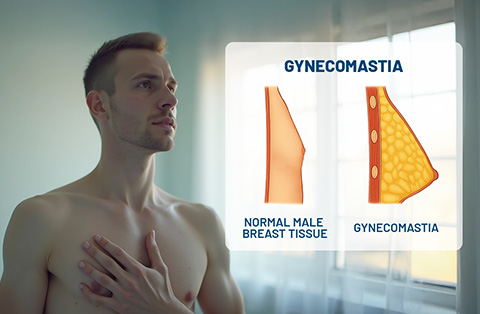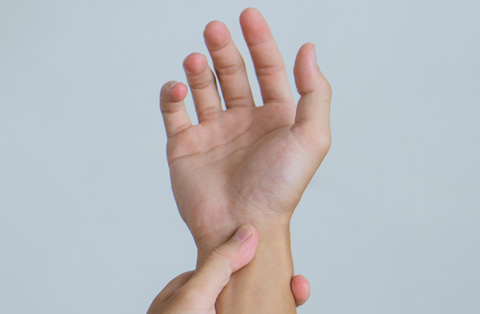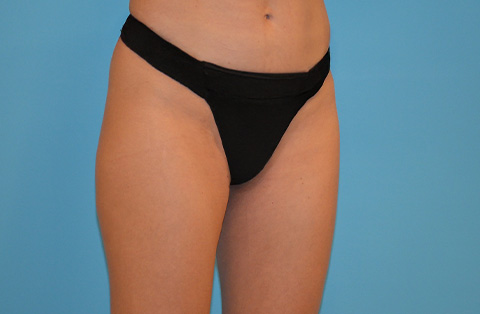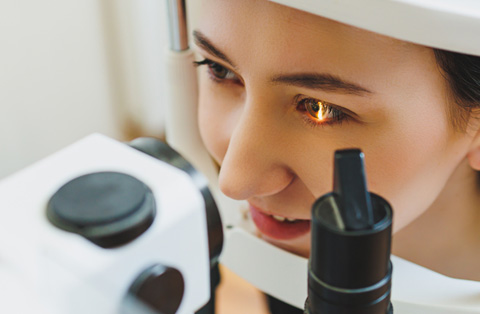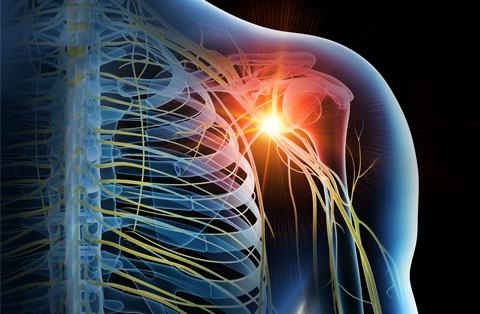Eyelid paralysis can cause drooping, incomplete closure, and eye irritation around the eye. Effective treatments, from simple care to surgery, can restore function, protect vision, and improve appearance and asymmetry.
What is Eyelid Paralysis?
Eyelid paralysis is a condition where the muscles that control eyelid movement become weak or stop functioning. The medical term for eyelid paralysis is lagophthalmos.
This can cause difficulty in opening or closing the eyelids. It occurs due to nerve damage, muscle disorders, or underlying medical conditions. Depending on the severity, it can affect one or both eyelids. Eyelid paralysis may lead to eye dryness, irritation, and difficulty protecting the eye from injury.
How Does Lagophthalmos Affect the Eye?
Eyelid paralysis affects the eye by disrupting its natural protection and function. The eyelids play a crucial role in maintaining eye health by spreading tears, keeping the eye moist, and shielding it from debris. When the eyelids cannot move properly, several issues can arise:
Incomplete Blinking: Reduces tear distribution, leading to dryness.
Inability to Close the Eye (Lagophthalmos): Increases the risk of irritation and infection.
Excessive Tearing: The eye may produce more tears to compensate for dryness.
Corneal Damage: Exposure can cause scratches, ulcers, or scarring.
Light Sensitivity: The eye may struggle to adjust to brightness.
Without treatment, these complications can affect vision and overall eye comfort.
How facial paralysis Leads to eyelid drooping?
Facial paralysis can lead to eyelid drooping by weakening or disabling the muscles that control eyelid movement. The facial nerve (cranial nerve VII) controls the muscles responsible for eyelid closure. When this nerve is damaged, it disrupts normal eyelid function.
Key effects include:
Loss of Muscle Control: The eyelid may droop (ptosis) or remain partially open.
Weakened Levator Muscle Support: The upper eyelid may sag due to reduced muscle tone.
Inability to Blink Properly: Leads to dryness and irritation.
Lower Eyelid Drooping (Ectropion): Causes excessive tearing and exposure-related discomfort.
Facial paralysis from conditions like Bell’s palsy, stroke, or trauma can significantly impact eyelid position and function.
Symptoms of Eyelid Paralysis
Eyelid paralysis symptoms vary depending on the severity and cause. Common signs include:
Difficulty Closing the Eye: The eyelid may not fully shut, leading to dryness.
Eyelid Drooping (Ptosis): The upper eyelid may sag, partially covering the eye.
Excessive Tearing: The eye may produce more tears due to irritation.
Eye Dryness or Redness: Poor blinking can lead to discomfort and inflammation.
Blurred Vision: Dryness and corneal exposure can affect vision clarity.
Light Sensitivity: The eye may become more sensitive to bright light.
Frequent Eye Infections: Poor eyelid function can increase the risk of infections.
These symptoms can impact daily activities and may worsen without treatment.
Different Types of Eyelid Paralysis
Eyelid paralysis can be classified into different types based on the affected eyelid muscles and the underlying cause. The main types include:
Paralysis of the Upper Eyelid (Ptosis): The upper eyelid droops due to weakness in the levator muscle or nerve damage.
Paralysis of the Lower Eyelid (Ectropion): The lower lid turns outward, leading to excessive tearing and exposure-related irritation.
Incomplete Eyelid Closure (Lagophthalmos): The eyelids cannot close fully, causing dryness and corneal damage.
Spastic Eyelid Paralysis: Involuntary muscle contractions cause irregular eyelid movement or twitching.
Flaccid Eyelid Paralysis: Complete loss of muscle function prevents normal eyelid movement.
Each type affects eye health differently and may require specific treatment approaches.
What Causes Eyelid Paralysis?
Eyelid paralysis occurs due to nerve damage, muscle disorders, or underlying medical conditions. Common causes include:
Facial Nerve Damage: Injury or inflammation of the facial nerve (cranial nerve VII) affects eyelid movement.
Bell’s Palsy: A sudden, temporary paralysis of facial muscles, including the eyelids.
Stroke: Disrupts nerve signals controlling eyelid function.
Trauma or Surgery: Head injuries or facial surgeries can damage nerves and muscles.
Neurological Disorders: Conditions like multiple sclerosis or myasthenia gravis weaken eyelid muscles.
Tumors: Growths in the brain or facial region can compress nerves.
Infections: Viral or bacterial infections can inflame facial nerves, affecting eyelid control.
Congenital Conditions: Some people are born with eyelid muscle or nerve abnormalities.
Identifying the cause is essential for proper treatment.
How is Eyelid Paralysis Diagnosed?
Doctors diagnose eyelid paralysis through a combination of medical history, physical examination, and diagnostic tests. The process includes:
Patient History: Evaluating symptoms, onset, and possible underlying conditions.
Physical Examination: Checking eyelid movement, muscle strength, and facial nerve function.
Slit Lamp Exam: Assessing eye surface health and tear production.
Electromyography (EMG): Measuring muscle and nerve activity.
Imaging Tests: MRI or CT scans help detect nerve damage, tumors, or structural issues.
Blood Tests: Identifying infections, autoimmune disorders, or neurological conditions.
A thorough diagnosis helps determine the cause and guide treatment options.
What are the Treatment Options for Eyelid Paralysis?
Treatment for eyelid paralysis depends on the cause, severity, and impact on eye health. The main goal is to restore eyelid function, protect the eye, and improve appearance. Treatment options include:
Non-Surgical Treatments
These are recommended for mild cases or temporary paralysis.
Artificial Tears and Ointments: Lubricates the eye to prevent dryness and irritation.
Eyelid Taping: Keeps the eyelid closed, especially during sleep, to protect the cornea.
Botox Injections: Helps relax overactive muscles in cases of spastic paralysis.
Medications: Steroids or antiviral drugs may be used if an infection or inflammation is the cause.
Surgical Treatments
For severe or long-term cases, surgery may be needed to restore eyelid function.
Gold or Platinum Eyelid Implants: Small weights are implanted in the upper eyelid to help it close properly.
Eyelid Tightening Surgery (Canthoplasty): Strengthens the lower eyelid to prevent sagging and exposure.
Facial Nerve Grafting: Transfers a healthy nerve to restore eyelid movement.
Muscle Transfer Surgery: Uses another muscle to support eyelid closure.
Eyelid Lift (Ptosis Surgery): Eyelid surgery repairs drooping upper eyelids for better function and appearance.
Early treatment helps prevent complications like corneal damage and vision loss.

